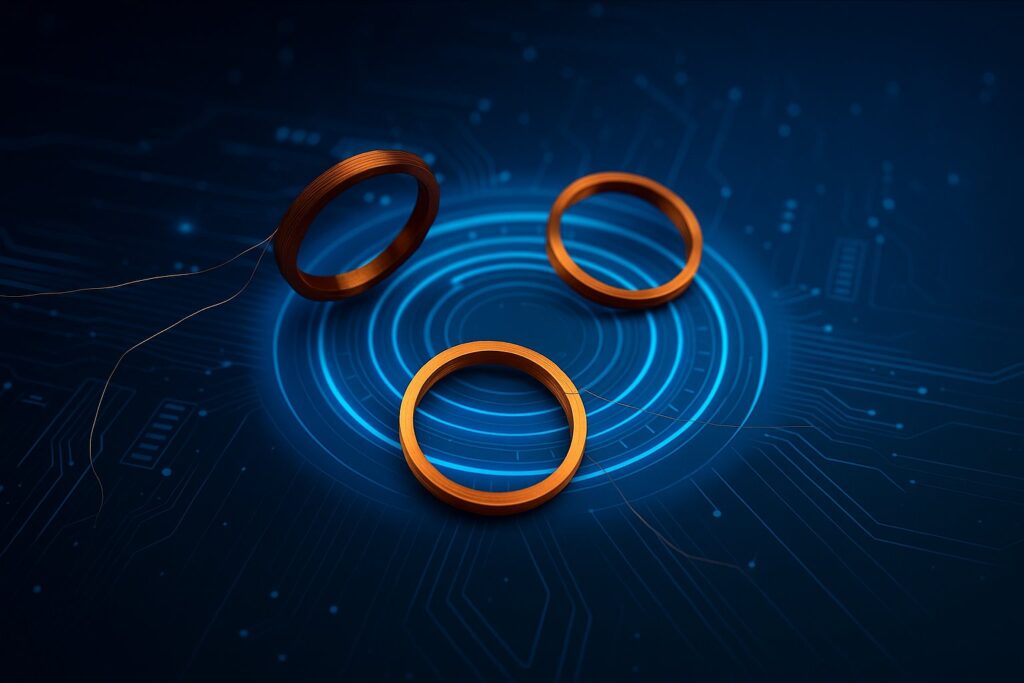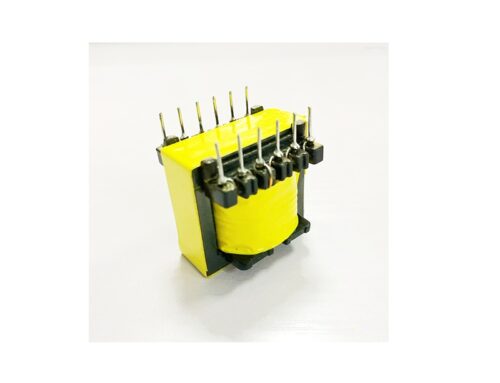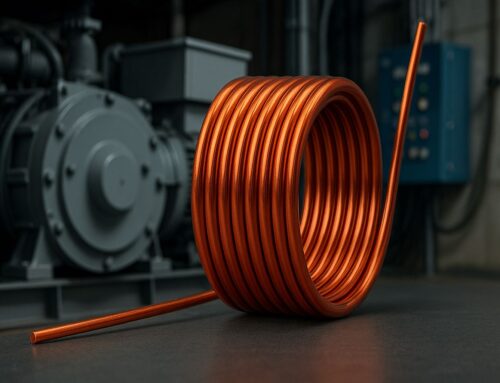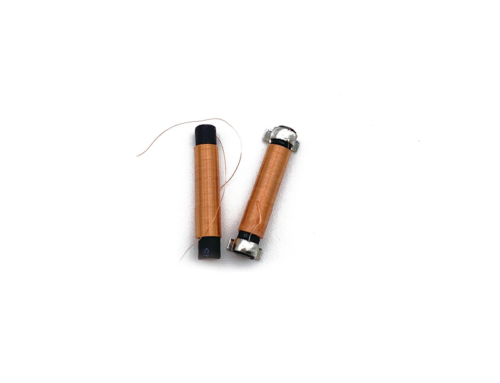
In the age of increasingly compact and powerful electronics, wireless charging has become more than a convenience—it’s a necessity. For manufacturers aiming to lead the wireless power frontier, coil technology plays a pivotal role. Among these innovations, copper air coils are rising as a transformative force in the industry. With unparalleled efficiency, minimal thermal loss, and high-frequency compatibility, they are reshaping expectations across sectors.
1. The Physics Behind Copper Air Coils: Why They Outperform
Traditional wireless charging systems rely heavily on ferrite cores to shape magnetic fields. While effective, these cores introduce hysteresis and eddy current losses, especially at high frequencies. In contrast, copper air coils—constructed without a magnetic core—circumvent these issues altogether.
Because there’s no ferrite material, eddy current losses drop to near-zero. This directly translates to a substantial efficiency boost, especially critical in applications operating at 85 kHz or even 6.78 MHz. Moreover, copper air coils typically utilize Litz wire. These wires, composed of many thin strands, drastically reduce AC resistance by minimizing skin and proximity effects. This combination leads to higher Q-factors, often doubling or tripling those of traditional ferrite-based coils.
Additionally, the air-core design promotes natural airflow, resulting in superior thermal dissipation. In lab tests, open-air coil structures demonstrated up to 40% improved heat management compared to encapsulated designs.
2. Key Applications Driving Adoption
The demand for copper air coils is not confined to one industry. Their benefits extend across various sectors, each facing its power delivery challenges.
Consumer Electronics
Slimmer devices demand thinner, more efficient charging solutions. Copper air coils enable ultra-flat, high-efficiency Qi2-compatible chargers for smartphones, tablets, and wearables. Their ability to transfer 15W or more while minimizing heat buildup makes them ideal for next-gen electronics.
Electric Vehicles (EVs)
EV manufacturers seek wireless solutions that are lightweight yet powerful. Copper air coils facilitate charging pads rated for 11kW or more with over 95% system efficiency. Without the bulk of ferrite materials, these pads are lighter, easier to install, and less prone to EMI issues.
Medical Implants
Safety and miniaturization are paramount. Copper air coils offer biocompatible, heat-efficient power transfer, crucial for implants that must remain cool and functional within the body. Their lack of magnetic interference also preserves diagnostic imaging quality.
Industrial Automation
In factory settings, robots and AGVs require robust, maintenance-free power sources. Copper air coils provide rugged wireless solutions that stand up to vibrations, dust, and extreme temperatures. Additionally, they ensure safe power transfer without physical connectors that wear out over time.
A noteworthy example is Tesla’s reported use of multi-layer air coils in its prototype wireless charging platforms, significantly reducing weight and improving electromagnetic compatibility.
3. Design Optimization Strategies
Designing copper air coils involves precision. Optimal performance hinges on the right balance of geometry, materials, and circuit integration.
Coil Geometry
Spiral and helical configurations each offer unique field distribution characteristics. Engineers select geometries based on application requirements such as coupling efficiency and device orientation tolerance.
Wire Specifications
For high-frequency applications, Litz wire remains the gold standard. A typical configuration uses 500 strands, each 0.05mm in diameter, to ensure low resistance across the frequency range. Insulation quality and inter-strand spacing are also critical to reduce parasitic capacitance.
Resonant Tank Tuning
Precise matching of inductance and capacitance ensures Zero Voltage Switching (ZVS), enhancing energy transfer and reducing switching losses. Capacitance values are often fine-tuned in the nanofarad range for optimal resonance.
Manufacturing Innovations
3D printing of coil formers allows complex shapes while maintaining tight tolerances of ±0.1mm. This ensures repeatability and consistent performance across production batches.
4. Overcoming Implementation Challenges
Despite the many advantages, deploying copper air coils comes with its challenges. However, each obstacle has a viable solution.
EMI Reduction
Without a magnetic shield, air coils can emit RF noise. Wrapping them with nanocrystalline tapes has proven to attenuate electromagnetic interference by up to 20 dB.
Alignment Sensitivity
Wireless systems often suffer from misalignment. Integrating Bluetooth Low Energy (BLE)-based position sensing algorithms helps guide devices into optimal charging zones.
Cost Optimization
While Litz wire and precision manufacturing raise initial costs, automation bridges the gap. CNC-based direct winding systems reduce material waste by 25% and cut labor costs, making mass production economically viable.
Hybrid Designs
For space-constrained applications, hybrid approaches using thin ferrite sheets alongside air coils provide a balance between shielding and efficiency.
5. Future Frontiers: Where the Technology is Headed
Looking ahead, the next evolution of copper air coils promises even greater breakthroughs.
Superconducting Coils
Room-temperature superconductors are under experimental development. These coils could theoretically achieve 99.9% efficiency, revolutionizing wireless energy transfer.
Dynamic Impedance Matching
Emerging AI systems allow real-time adjustments of coil parameters. These dynamic systems adapt to varying loads, maintaining efficiency across different use cases.
Multi-Coil Arrays
To enable seamless, large-area charging, arrays of smaller coils are used. These systems create overlapping magnetic fields, allowing devices to draw power from anywhere on the surface with minimal alignment.
Conclusion: The New Benchmark for Wireless Efficiency
Copper air coils mark a definitive step forward in the evolution of wireless power. Their unmatched efficiency, thermal performance, and adaptability make them the preferred choice for industries focused on miniaturization, speed, and sustainability. As technology continues to evolve, these coils will remain central to unlocking the full potential of wireless charging.
Manufacturers looking to stay competitive must integrate copper air coil technology into their designs. Doing so ensures not only higher performance but also future-readiness in a rapidly changing energy landscape.
Contact ZYCOIL today to explore customized copper air coil solutions for your wireless power needs.





Leave A Comment